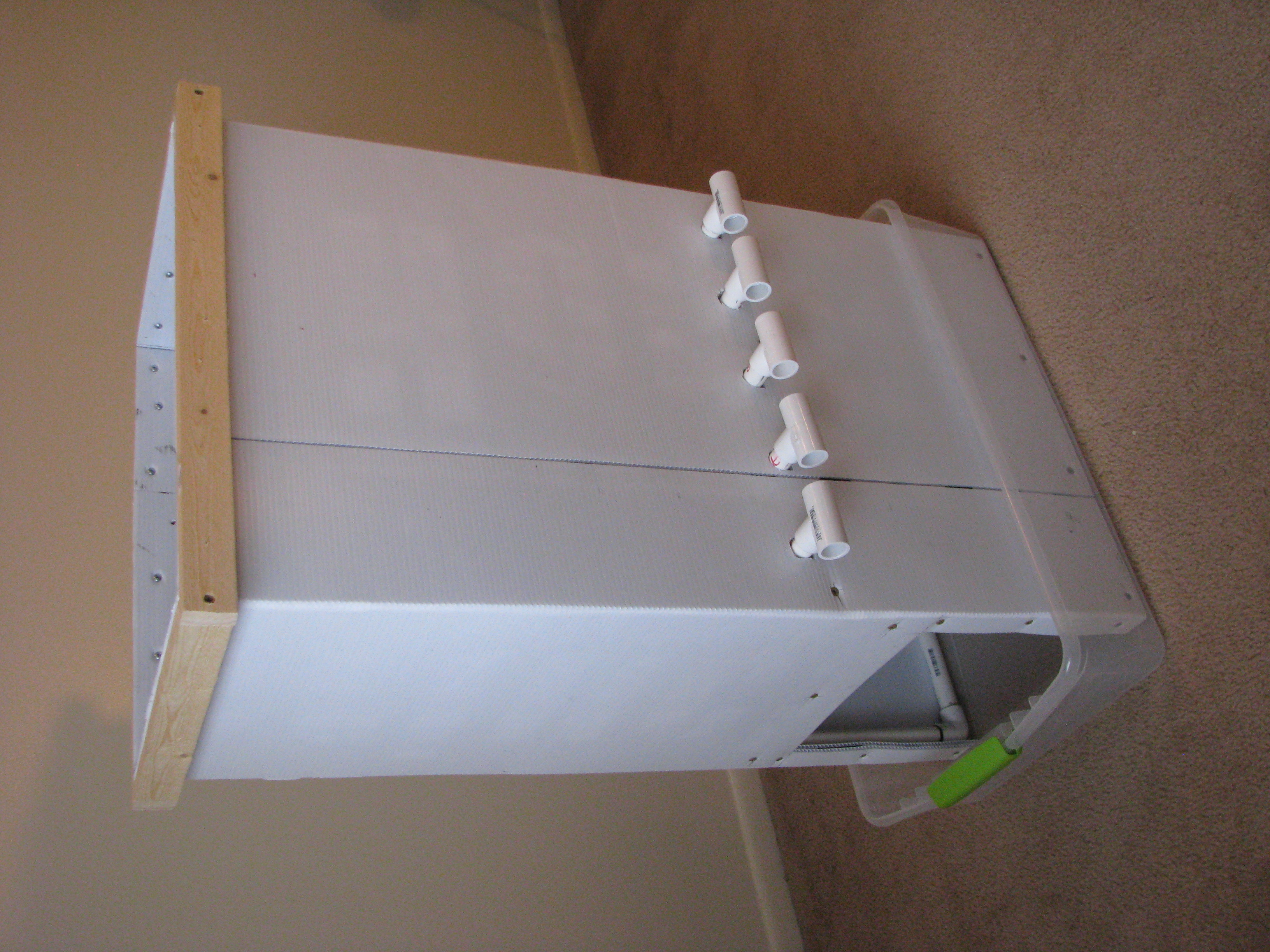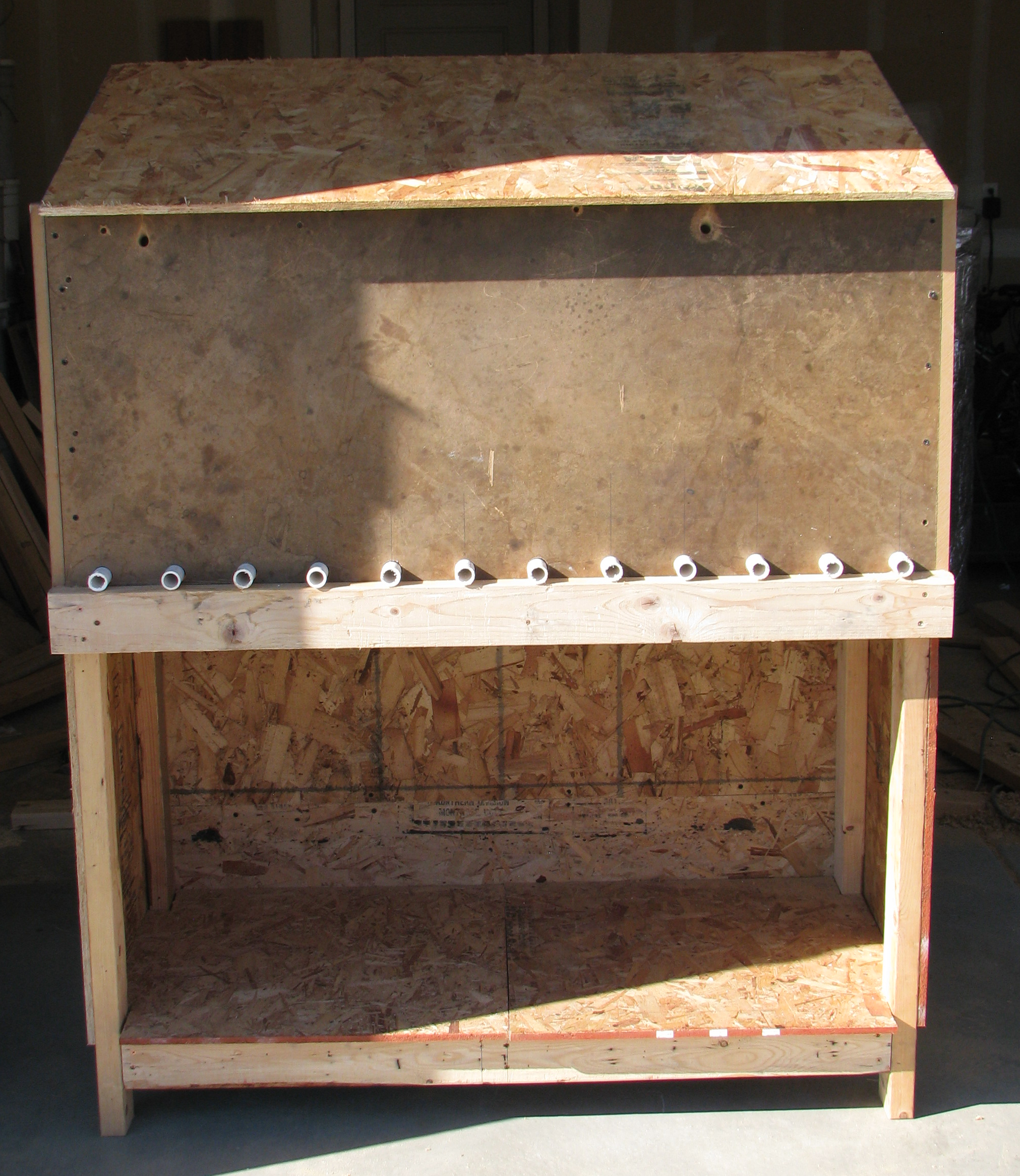Where this all started
When I was 15, I was interested in fishing, an interest that quickly faded when my lack of success didn’t justify the cost of a fishing license. I liked to use worms for bait, so I decided to try my hand at raising worms, even though it was a somewhat pointless project, being how I lived in an area where I could walk a few blocks into the woods, kick up some soil, and find worms almost anywhere. I came across a book on raising red worms in sewer sludge at the library. I liked the idea. I found the process fascinating. But I didn’t really understand that there are different kinds of worms, and the bog soil I collected for my worms was not the same as sewer sludge.
There was a bin under our deck that was meant for composting, but wasn’t being used. I filled it with bog soil, tossed in some worms collected in the nearby woods, and began feeding them what I cleaned out of the refrigerator once a week. That fall, in an effort to keep the worms from freezing, I raked up all of our leaves, piled them on the bin, and lost interest in the project.
Fast forward about 15 years. I was a home owner with space to grow tomatoes. I also had trees on the property that dropped enough leaves every year to rake up 10 yards of compostable material. I was also new to the internet, and found a site on oldgrowth.org that ran a forum for composters. I built 4 compost bins from scrap cedar collected at a construction site where an old fence had been torn out. I also went on line to learn what I could about making the compost bins successful. One of the groups on the site was about worm composting. I soon found that group more interesting than the conventional composting group.
Encouraged by what I was learning in the worm composting group, I stared a rather ambitious project of building a continuous flow through bin with 6 square feet of surface area. I stocked it with 5 pounds of worms. I did not, however manage the bin well. I overfed it, and the worms died. My wife was not happy with the money and effort spent on the bin, and I gave up the project.
Eventually, I also gave up my wife. Living alone in an apartment, I had a new opportunity to try again. I made a DIY bin from an 18 gallon RubberMaid tote stocked with a pound of worms. This bin was a success. It eventually grew to 2 RubberMaid totes and a small continuous flow through bin that I designed and built. I liked to feed my worms foods that were usually on people’s Do Not Feed lists, like onions and orange peels. I learned a lot about growing and feeding worms.

But that project was also short lived, since keeping worms was against the terms of my lease agreement, and I didn’t want trouble with my apartment manager. All 3 bins were given away.
Fast forward again. I am again a home owner, and a husband, and I just really like raising worms. I started a new DIY Rubbermaid tote bin with 1 pound of worms. My wife did not like the fruit flies and fungus gnats in the house, so I moved the bin outside. I wanted to expand, so when she came across some scrap lumber to build some shelves in her sewing room, I told her I would build the shelves if she would get enough extra scrap lumber for me to build a largish continuous flow through bin with the extra lumber. She agreed. I built a continuous flow through bin with 8 square feet of surface area. That has become my main bin, and the bin in which I continue to do feeding experiments. I am hoping she has enough scrap lumber left over from her latest project, raised garden beds, to allow me to expand again.

When we moved into this house, my wife dug up a grapevine at her old house and we transplanted it here. I got tired of weeding around it, so I decided to mulch it heavily. As long as I was mulching it, I might as well use something organic that would break down and feed the soil. As long as I had a thick layer of organic mulch, I might as well toss in some worms. That has now become another successful worm bin at the base of the grapevine.
Since I like pushing the limits of what we can feed worms, I will often make videos of my worm feeding experiments and post them on a Facebook worm composting group. There has been quite a bit of interest in the videos.
This blog is a way of sharing what I have learned over the years: what the experts have posted on the various worms forums I have been part of, what has worked for me, and what hasn’t, and what I will continue to learn in the years to come.
I invite you to join me on my Vermi Adventure.